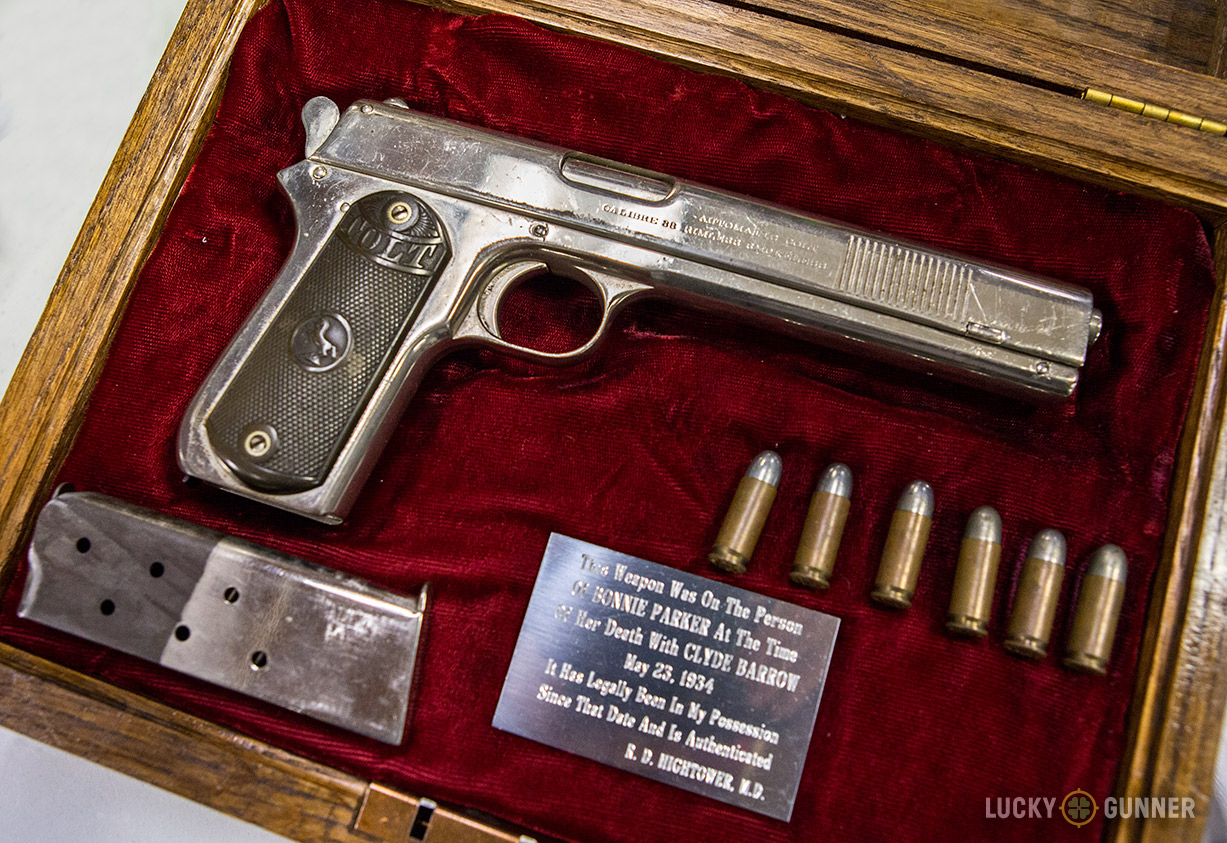Which came first, the bullet or the gun?
Just like any cartridge that’s been around for nearly a century, the history of .38 Super tells an interesting story if you look beyond the surface. Despite the similar name, .38 Super has nothing to do with .38 Special, or any other revolver cartridge. Its origins are in the .38 ACP cartridge, also called .38 Automatic, .38 Military, and about a dozen other names. The .38 ACP was another invention of John Moses Browning, designed especially for his Colt M1900 pistol. The initial loadings were pretty hot, but it became apparent that the M1900 was not stout enough to handle the high pressures, so they dialed it down a bit.
A standard .38 ACP load will send a 130 grain bullet at about 1040 fps; more punch than the .38 special loadings of the day, but a bit shy of the 9mm. The Colt M1900 and its variants were never picked up by the U.S. Military, who instead opted for the M1911 in .45 ACP. The smaller cartridge saw modest civilian sales for a couple of decades, but never quite took off.

YouTube
There is some debate over what happened next. In 1929, Colt introduced a new version of their M1911 pistol, called the Colt “Super .38″ Automatic (they were really into quotation marks back then). Conventional gun lore has held that the .38 Super cartridge was released in 1929, and was little more than a hot .38 ACP loaded to its original velocities and designed specifically for the new Colt pistol. However, there is some evidence (including samples of Colt’s print advertising from the period) that “Super .38″ was merely the name of Colt’s new pistol, not a new cartridge. Colt had intended their for new 1911 to use the more anemic .38 ACP ammo that already existed at the time.
